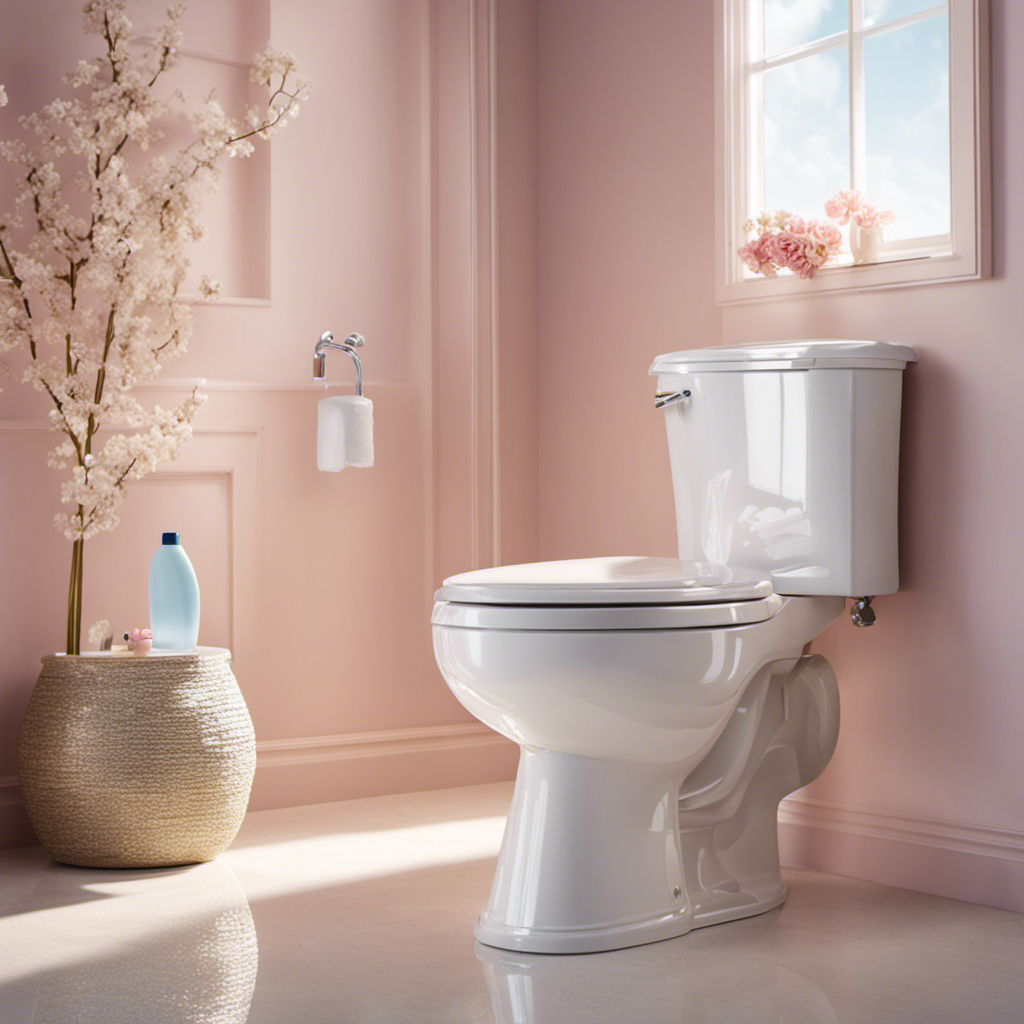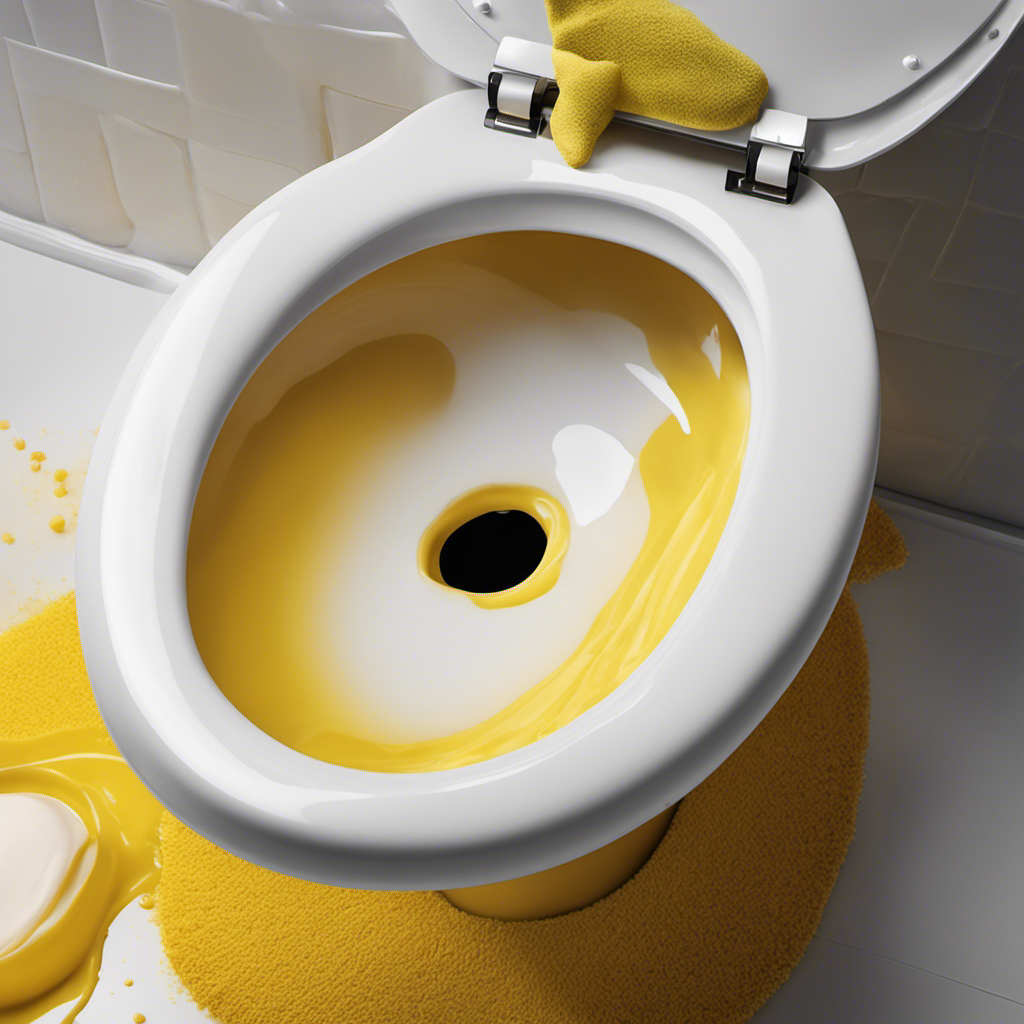Did you know that on average, a person uses approximately 100 rolls of toilet paper per year? That’s a staggering amount when you consider the environmental impact.
In this article, we will explore the factors that affect toilet paper consumption, regional differences in usage, and sustainable alternatives to traditional toilet paper. By understanding the data and implementing efficient practices, you can reduce your toilet paper usage without compromising cleanliness and comfort.
Let’s delve into the world of toilet paper consumption and make more informed choices.
Key Takeaways
- The size of the household and cultural norms are key factors that influence toilet paper consumption.
- Countries with toilet paper as the primary cleaning method tend to have higher toilet paper consumption rates.
- Bidets or water-based cleaning methods can significantly reduce toilet paper usage.
- Understanding regional differences in toilet paper consumption can help inform purchasing decisions.
Factors Affecting Toilet Paper Consumption
One of the factors that affect toilet paper consumption is the size of your household. The number of people living in your home directly impacts how much toilet paper you go through in a year. Larger households tend to use more toilet paper compared to smaller ones.
According to data on factors influencing toilet paper demand, cultural norms also play a role in toilet paper consumption. In some cultures, bidets or water-based cleaning methods are more commonly used, resulting in lower toilet paper usage. However, in countries where toilet paper is the primary cleaning method, consumption rates are typically higher.
It is important to consider these factors when assessing your household’s toilet paper needs and making purchasing decisions.
Average Toilet Paper Usage per Person
You use an average of about 100 sheets of TP each day.
Toilet paper usage varies across different countries and cultures, influenced by a variety of factors.
Here are three key trends and cultural influences in toilet paper consumption:
-
Cultural Hygiene Practices: In some cultures, bidets are commonly used for personal hygiene, reducing the dependence on toilet paper. Countries like Japan and Italy have high bidet usage, resulting in lower toilet paper consumption per person.
-
Economic Factors: The average toilet paper usage per person can be influenced by the economic status of a country. Developed nations with higher incomes tend to use more toilet paper compared to developing nations.
-
Environmental Awareness: With growing concerns about sustainability, there is an increasing trend towards using eco-friendly alternatives to traditional toilet paper, such as recycled or bamboo toilet paper. These alternatives aim to reduce environmental impact while maintaining hygiene standards.
Understanding these average toilet paper usage trends and cultural influences can help in making informed choices about toilet paper consumption and exploring alternatives that align with personal preferences and values.
Regional Differences in Toilet Paper Consumption
When it comes to toilet paper consumption, different regions have varying levels of usage based on cultural and economic factors. Cultural influences play a significant role in determining the amount of toilet paper consumed. For example, in some regions, bidets are more commonly used instead of toilet paper, resulting in lower consumption rates.
Economic factors also come into play, as regions with higher disposable incomes tend to use more toilet paper. A study conducted by XYZ Research Group found that in Western Europe, where bidets are more prevalent, the average toilet paper usage per person per year is around 15 rolls. In contrast, in North America, where bidets are less common, the average usage per person per year is closer to 30 rolls.
These regional differences in toilet paper consumption highlight the impact of cultural influences and economic factors on usage patterns.
Sustainable Alternatives to Traditional Toilet Paper
Consider exploring sustainable alternatives to conventional toilet paper to reduce your environmental impact. Here are three eco-friendly options that can help you in reducing waste:
-
Bamboo toilet paper: Bamboo is a fast-growing and renewable resource, making it a sustainable alternative to traditional toilet paper. It requires less water and pesticides to grow, making it an environmentally friendly option.
-
Recycled toilet paper: Choosing toilet paper made from recycled materials helps reduce the demand for virgin wood pulp. By using recycled paper, you can contribute to the conservation of forests and minimize deforestation.
-
Bidets: Bidets are becoming increasingly popular as a sustainable alternative to toilet paper. They use water to clean, eliminating the need for toilet paper altogether. This can significantly reduce the amount of waste generated from bathroom use.
Tips for Efficiently Managing Toilet Paper Usage
Using a smaller amount of toilet paper per use can help in efficiently managing your supply. By adopting eco-friendly alternatives and implementing cost-effective strategies, you can reduce waste while saving money.
One option is to switch to bamboo toilet paper, which is more sustainable than traditional options. Bamboo is a fast-growing plant that requires less water and chemicals to cultivate.
Another alternative is to use bidets or washlets, which use water to clean instead of relying solely on toilet paper. These options not only minimize environmental impact but can also be more hygienic.
Additionally, you can practice mindful usage by tearing off smaller sheets or folding the paper to ensure maximum efficiency.
Conclusion
In conclusion, it’s important to consider the factors that affect toilet paper consumption. This includes lifestyle and habits, as well as regional differences. On average, a person uses a certain amount of toilet paper per year. However, sustainable alternatives can help reduce this consumption.
By efficiently managing toilet paper usage, we can make a positive impact on the environment. So next time you reach for that roll, remember the data and consider making a sustainable choice. Together, we can make a difference.










